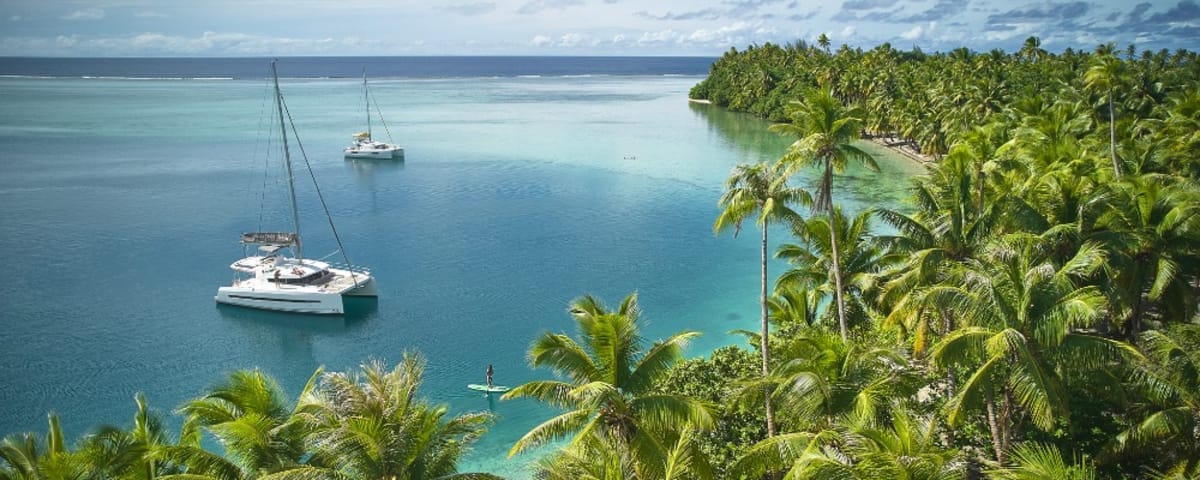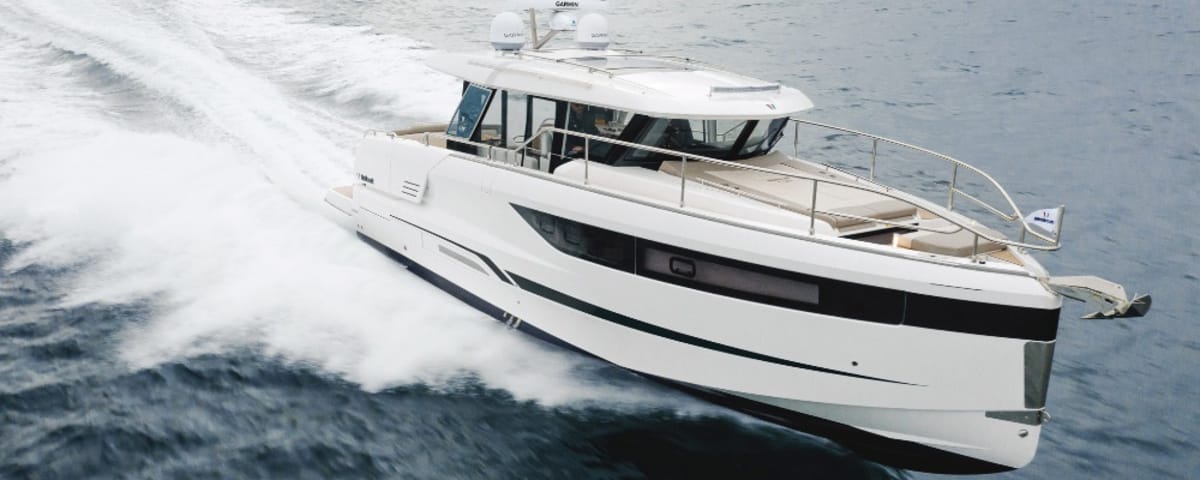The Booming Yachting Market in Asia
The yachting market in Asia is relatively young compared to Europe or the United States, where recreational boating has been a part of the culture for decades. However, the region is experiencing impressive growth. According to a study by Wealth-X, Asia-Pacific is home to approximately 30% of the world’s billionaires, and this ultra-elite has a desire for the sea.
According to a report by Knight Frank, the number of individuals with assets exceeding $30 million has exploded by 40% in a decade in Asia. Among them, a growing proportion is interested in yachts, which they perceive as symbols of prestige, entertainment spaces, and even business tools.
Motor Yachts Dominate the Market
Unlike Europe, where sailing retains a strong presence, the Asian market is overwhelmingly geared towards motor yachts. According to a study by Superyacht Times, approximately 85% of yachts sold in Asia are motor units, often large models.
Why this enthusiasm for motorboats? Several reasons explain this trend:
- A more festive and social use: In Asia, yachts are primarily used for private events, business parties, or entertainment, where sailing performance is less important.
- Simpler and faster navigation: In areas like the South China Sea or the Strait of Malacca, distances are short and stops are frequent, favoring fast yachts.
- A nautical culture still developing: Sailing requires expertise and training that are not yet widespread among new Asian owners.
Superyachts ranging from 30 to 50 meters are particularly popular. In 2023, Benetti, Sanlorenzo, and Feadship saw their sales in Asia grow by 25%, confirming the strong demand for custom units, often with a full crew.
Key Hubs: Singapore, Hong Kong, and Shanghai
The rise of yachting in Asia also relies on infrastructure. While it still falls short of European standards, several metropolises stand out as key hubs in the sector.
Singapore, with its strategic position between the Indian and Pacific Oceans, has become the hub of Asian yachting. Its prestigious marinas, such as One°15 Marina Sentosa Cove and Marina at Keppel Bay, accommodate units up to 80 meters. The city also plays a key role in structuring the market with events like the Singapore Yacht Show, where the world’s largest manufacturers meet each year. The atmosphere is electric, with yachts at the quay, private parties, and discussions between buyers and brokers.
Hong Kong, on the other hand, has a longer history with yachting. For decades, the city has seen fleets of private yachts moored, but today, it suffers from a critical lack of space. With over 10,000 yachts registered, marina berths have become a rare and extremely expensive commodity. Some owners have to wait years to obtain a spot in prestigious clubs like the Aberdeen Marina Club or the Gold Coast Yacht & Country Club. Faced with this saturation, more and more yachts based in Hong Kong spend their time sailing or stationed in neighboring ports, such as those in southern mainland China.
Shanghai represents a booming market, reflecting the rapid development of yachting in China. The Chinese government, long reluctant to encourage private boating, is beginning to see the economic potential of the sector. Marinas like Sanya Serenity Marina and the Visun Royal Yacht Club, on Hainan Island, attract a new generation of Chinese owners, often young and eager for luxury. But China is not content with just buying yachts: it also wants to build them. Brands like Heysea Yachts are gaining momentum and now rival some Western references, proving that China intends to play a major role in the industry.
Adapting to Asian Tastes: A Challenge for Western Brands
Some major European and American shipyards understand this well: Asia is a key market, but it requires a tailor-made approach. Unlike Western yachts, often designed for navigation and autonomy at sea, units intended for the Asian market primarily prioritize luxury and comfort on board.
- Maximized interior spaces, with vast lounges and reception rooms designed to accommodate many guests.
- Amenities adapted to local customs, including, for example, sake bars, tea rooms, or kitchens specially equipped for Asian cuisine.
- An increased number of VIP cabins, as owners like to receive family and friends in large numbers during private cruises.
- A more lavish design, with gold, marble, or precious wood finishes, reflecting a certain idea of prestige and refinement.
Brands like Sunreef Yachts, a specialist in custom luxury catamarans, or Azimut, renowned for its elegant and spacious motor yachts, have integrated these specificities into their models dedicated to the Asian market.
But beyond design, it is also the support of owners that makes the difference. In Asia, most buyers are looking for a turnkey experience, where yacht management is fully delegated to professionals. Maintenance, the provision of a crew, or the organization of exclusive events on board are now essential services. Companies like Burgess Yachts and Fraser Yachts understand this well and are developing ultra-personalized offers to meet the expectations of this demanding clientele.
The Future of Yachting in Asia: An Eldorado Still Under Construction
While the Asian market is booming, it still faces several challenges. The first is the lack of suitable infrastructure. Unlike the Mediterranean or the Caribbean, where marinas can be found at every stop, Asia still has few ports capable of accommodating superyachts. This situation limits possible itineraries and hinders the development of large-scale yachting.
Regulations are another obstacle. In China, restrictions on the import of yachts remain complex and costly, which encourages some buyers to register their boats under a foreign flag. In Hong Kong, the scarcity of marina berths often imposes long waiting times before being able to park a yacht in peace.
Finally, nautical culture remains to be developed. Unlike Europe, where boating is accessible to different levels of wealth, in Asia, it is still largely perceived as a luxury reserved for an elite. However, with the emergence of sailing schools and events dedicated to boating, this situation could evolve in the years to come.
Despite these challenges, one thing is certain: yachting in Asia is only just beginning its ascent. With an increasingly numerous and demanding clientele, manufacturers and industry players have every interest in adapting to this rapidly changing market. Asia could well become, in the decades to come, one of the main drivers of global yachting.
Enjoyed this post by Thibault Helle? Subscribe for more insights and updates straight from the source.


